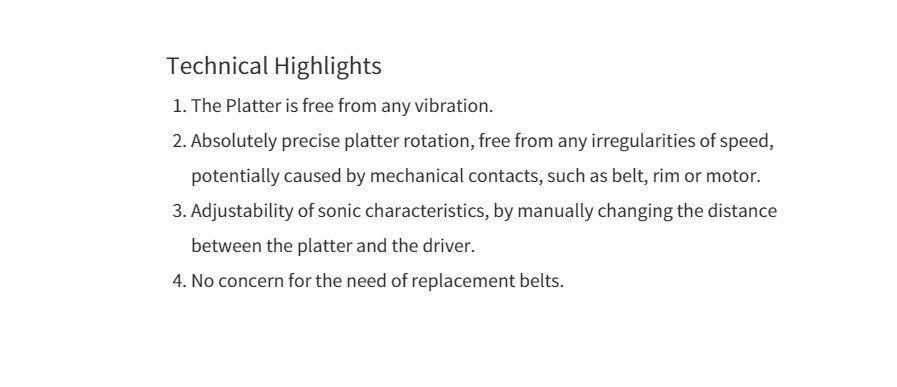But carlos the speed regulation will keep the speed / platter rotation always exactly the same i assume .
You want me to believe that placing the motor slighltly further from the platter thus increasing the gap will have influence on the sound ,(assuming the speed control will always keep the rotation speed exactly the same)
This seems highly unlikely to me , your talking a 19 kg rotating mass
I am sure it will affect the sound. Read my comments about my own turntable experiments where the speed stays the same but other factors change and the sound changes.
Remember, Esoteric designed it for adjustment. Why would they do that If they didn’t want to for fine tuning the sound. This is stated in Technical Highlights item #3 from the Esoteric literature you posted above.
Last edited:








